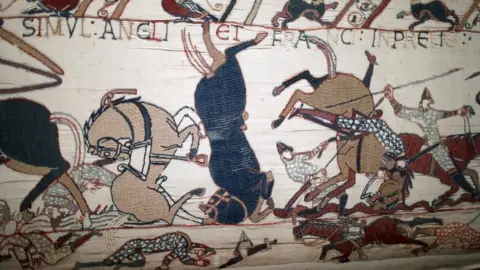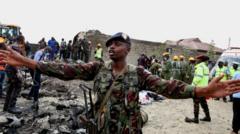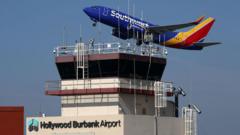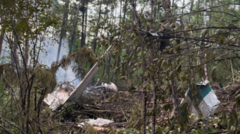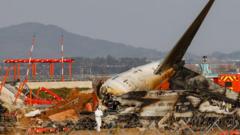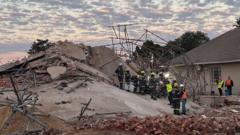While the investigation into the catastrophic Air India Flight 171 crash continues, the initial report from the Air Accident Investigation Bureau (AAIB) has led to a flurry of speculation and unanswered questions, particularly concerning the actions of the flight crew. The Boeing 787 Dreamliner, which was bound for London, crashed into a building shortly after departing from Ahmedabad, resulting in the deaths of 241 passengers and crew members on board, in addition to 19 individuals on the ground. Notably, one passenger survived the incident.
The AAIB’s preliminary report, which aims to provide a factual overview shortly after an accident, was released within the required timeframe but has been criticized for its selectivity. Initial disclosures indicate that two critical fuel cut-off switches were unintentionally moved to the 'cut-off' position just seconds after take-off, leading to engine fuel deprivation and ultimate thrust loss. Although the flight recorder data suggests attempts were made to restart the engines, the effort was made too late to avert the tragedy.
A troubling aspect of the report includes a dialogue between the pilots regarding the switch action, although no specific transcripts have been made public, and there is ambiguity surrounding which pilot posed the question. Industry analysts have pointed out that this lack of transcript is a significant oversight. One pilot, wishing to remain anonymous, articulated a prevalent sentiment in the aviation community that the full details have not been disclosed, suggesting an incomplete picture of the incident.
The Indian Commercial Pilots' Association has voiced strong opposition to the suggestion, reported in various media, that pilot error or intent could be responsible for the crash. They argue that jumping to conclusions without firm evidence is irresponsible and disrespectful to those affected. Similar sentiments were echoed by Air India’s CEO, who cautioned against rushing to conclusions.
Investigative experts have expressed discontent with the report's vagueness, particularly in regards to the sequence of events surrounding the fuel switches and missing cockpit dialogue. Notably, the investigation touched on past concerns regarding the potential for fuel cut-off switches to be accidentally engaged, a concern raised in a 2018 FAA safety bulletin. However, the FAA's internal communication following the crash indicated they still deemed the system safe.
Moreover, as investigators continue their work, the full findings of the investigation may not be released for upwards of a year, as the protocols for such inquiries dictate. In the meantime, the aviation community remains on edge, awaiting clarity on what exactly transpired on that fateful flight.
The AAIB’s preliminary report, which aims to provide a factual overview shortly after an accident, was released within the required timeframe but has been criticized for its selectivity. Initial disclosures indicate that two critical fuel cut-off switches were unintentionally moved to the 'cut-off' position just seconds after take-off, leading to engine fuel deprivation and ultimate thrust loss. Although the flight recorder data suggests attempts were made to restart the engines, the effort was made too late to avert the tragedy.
A troubling aspect of the report includes a dialogue between the pilots regarding the switch action, although no specific transcripts have been made public, and there is ambiguity surrounding which pilot posed the question. Industry analysts have pointed out that this lack of transcript is a significant oversight. One pilot, wishing to remain anonymous, articulated a prevalent sentiment in the aviation community that the full details have not been disclosed, suggesting an incomplete picture of the incident.
The Indian Commercial Pilots' Association has voiced strong opposition to the suggestion, reported in various media, that pilot error or intent could be responsible for the crash. They argue that jumping to conclusions without firm evidence is irresponsible and disrespectful to those affected. Similar sentiments were echoed by Air India’s CEO, who cautioned against rushing to conclusions.
Investigative experts have expressed discontent with the report's vagueness, particularly in regards to the sequence of events surrounding the fuel switches and missing cockpit dialogue. Notably, the investigation touched on past concerns regarding the potential for fuel cut-off switches to be accidentally engaged, a concern raised in a 2018 FAA safety bulletin. However, the FAA's internal communication following the crash indicated they still deemed the system safe.
Moreover, as investigators continue their work, the full findings of the investigation may not be released for upwards of a year, as the protocols for such inquiries dictate. In the meantime, the aviation community remains on edge, awaiting clarity on what exactly transpired on that fateful flight.




